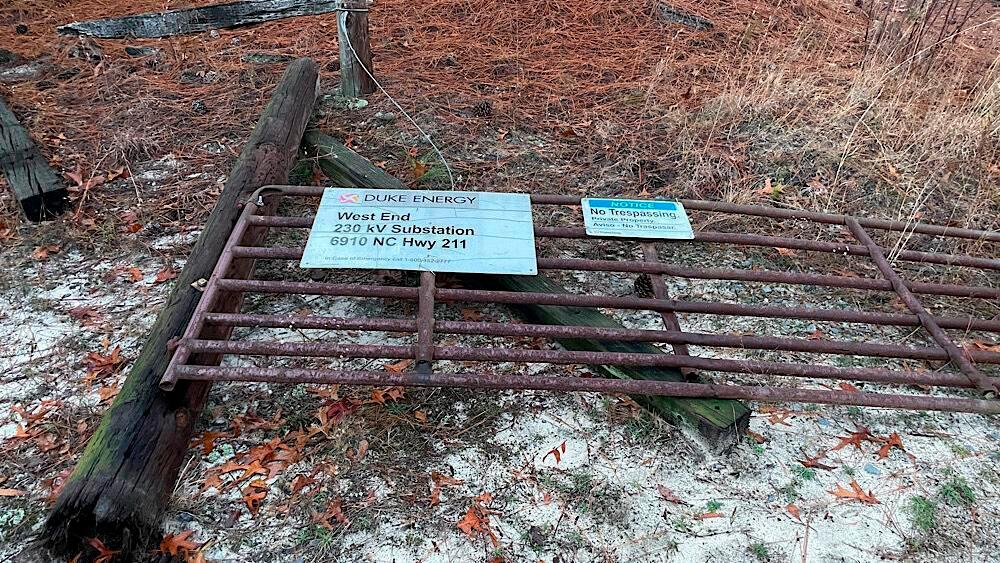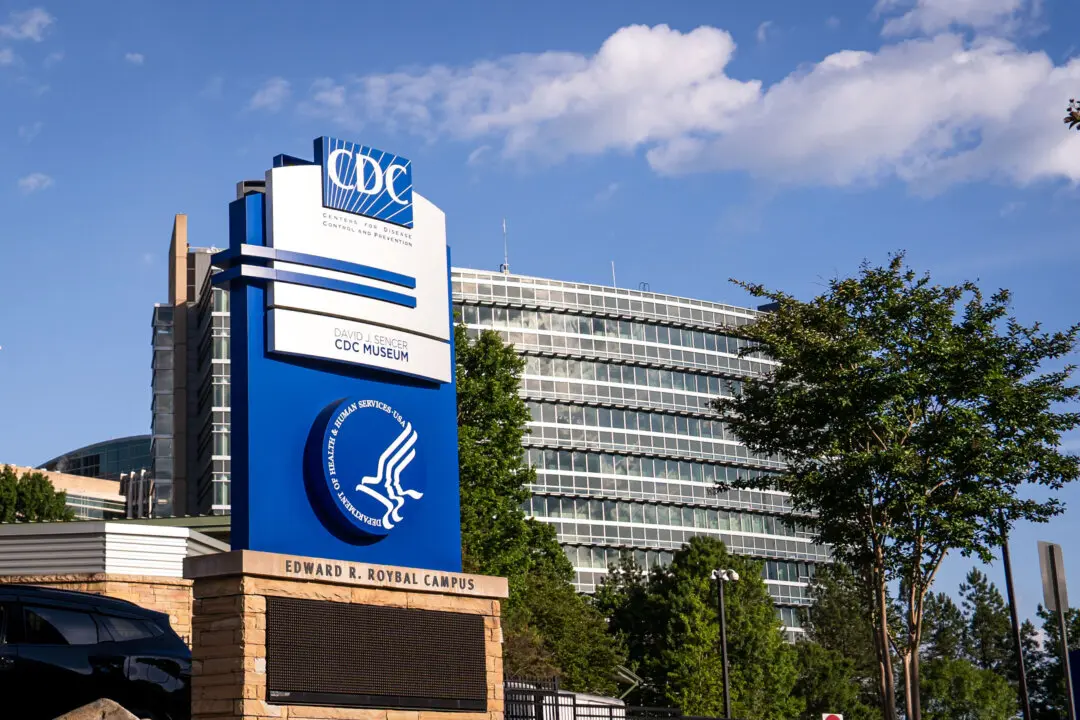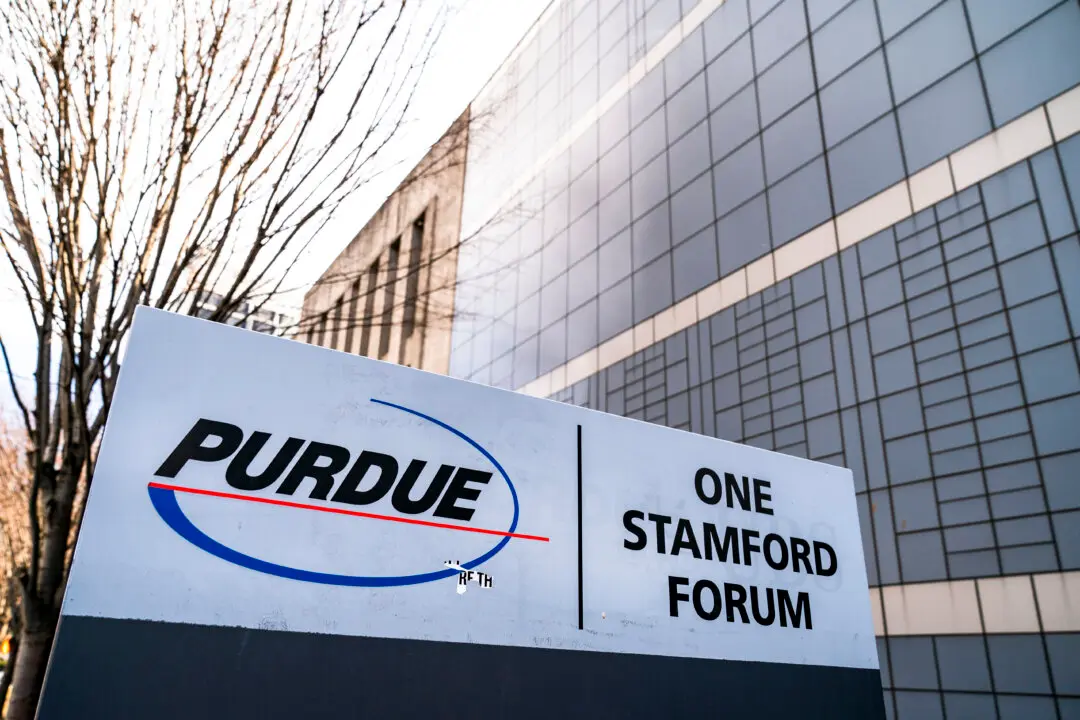Weeks after gunfire damaged two substations that led to widespread outages in Moore County, North Carolina, a federal commission has ordered an Atlanta-based nonprofit corporation to evaluate the physical security of what some have called the “Achilles heel” of North American infrastructure: the Bulk Power System (BPS).
The BPS encompasses four major electric system networks that serve the United States and Canada, divided into Western, Texas, Eastern, and Quebec.





